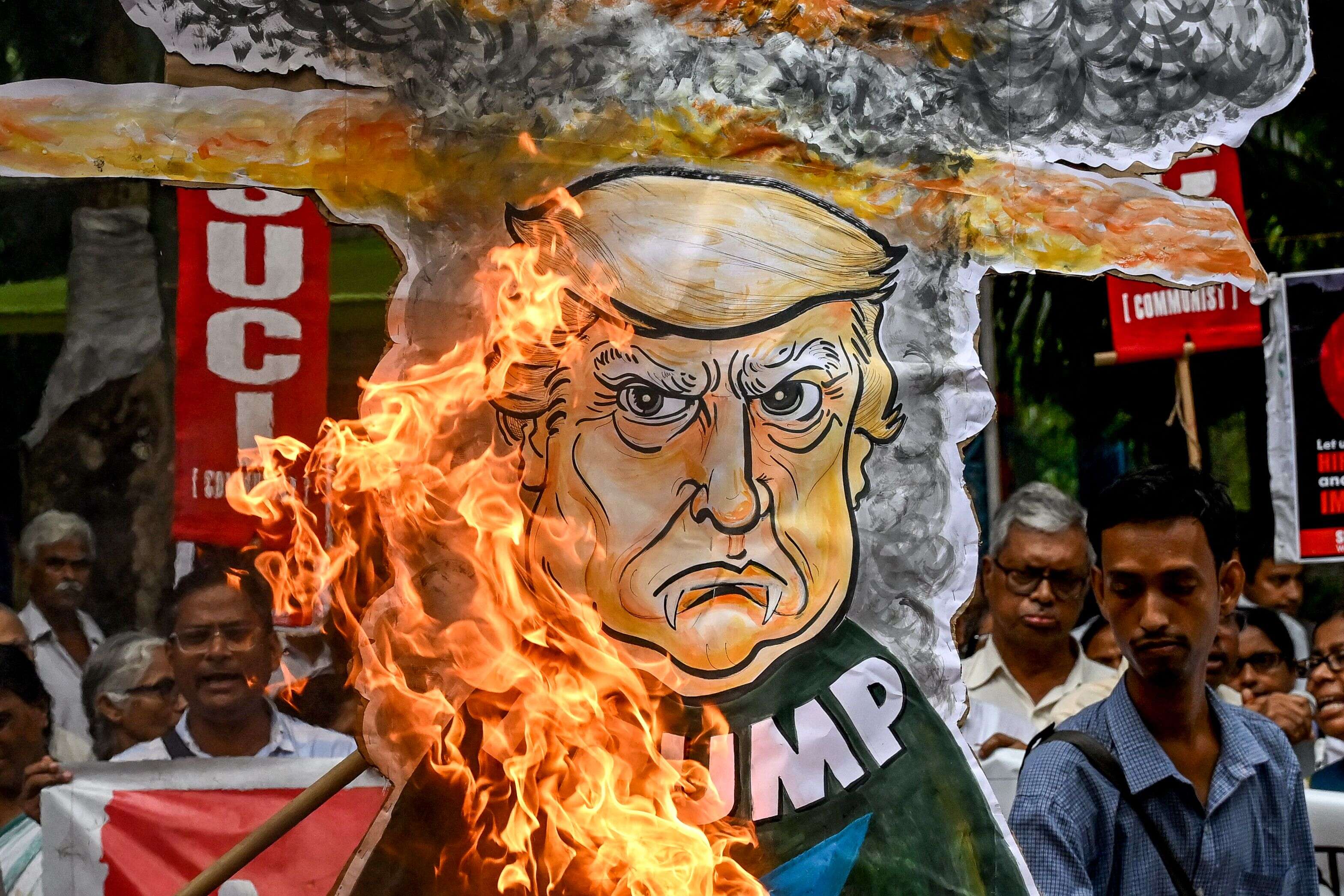The US is unpredictable but New Delhi can’t be sure that Beijing won’t violate border pacts again
PM Modi’s visit to China for the Shanghai Cooperation Organisation (SCO) summit was notable but not surprising. It served several purposes for Delhi: stabilisation with China, signalling various audiences, and creating decision-making space. But some commentary has gone further, envisioning this visit as the emergence of a new order with India substituting China and Russia for the US — or the West more broadly — as partners. At best, this is a misunderstanding; at worst, it is short-sighted.
Beyond SCO business, one purpose for Modi’s trip to Tianjin was stabilising ties with China. This was another step on the re-engagement journey the two countries embarked on last year, fuelled by a desire to enhance their strategic and economic room for manoeuvre. For India, the visit was also an opportunity for dialogue before any Donald Trump-Xi Jinping summit that could strengthen Beijing’s negotiating hand. For Modi, a multilateral summit also offered a less strategically and politically problematic way to travel to China than a standalone bilateral visit.


A second purpose was signalling. A message directed at the Trump administration was that Delhi would not let its foreign policy choices be made in Washington. Another signal was to the US and the rest of the world: that India was still sought after — and that it was not without options. The visuals of Modi with Russian president Vladimir Putin and Xi did indeed garner wider American attention.
Several commentators have labelled the US administration’s approach to India as counterproductive. The line that Trump is driving India into China’s arms might be inaccurate in terms of cause or effect, but Delhi will not quibble if it contributes to Washington’s course correction.
Another signal was to a domestic audience: that, contrary to accusations, the govt was not bowing to US pressure or ceding India’s strategic autonomy—in somewhat of a departure, Modi even used that term. The trip’s third purpose was to create some room for manoeuvre. Abroad, to bolster Delhi’s negotiating hand and incentivise others to engage it with urgency. At home, the assertion of India’s independence of action potentially creates political space for Modi for the give-and-take that any deal with Washington will require. India’s signalling is not without risk. It could induce Trump to strike a deal with India but his reactions are unpredictable and can change. In Europe, the vigorous embrace of Putin could reinforce some doubts about India at a time when secondary sanctions are being debated and Brussels is trying to bring EU member states on board for an India trade agreement. But clearly the Modi govt was willing to take those risks or believes it can mitigate them.
Contrary to some commentary, however, the SCO visit was not aimed at replacing the US or the West with China and Russia. That might make for social media memes but isn’t compatible with reality or India’s interests.
Strategically, China remains India’s most significant rival. Deep bilateral, regional and global differences persist. And just recently, Beijing reportedly assisted Islamabad during the India-Pakistan conflict in real-time with military equipment, intelligence, and information operations. It is building a massive dam on the Brahmaputra that could harm India. And it has restricted the export of critical items and talent. Russia, on the other hand, will remain a strategic partner for India. But today it is less relevant to Indian interests—balancing against China, economic and technological transformation — than it was in the Cold War. That—and not Western pressure — is why India’s ties with Russia have been more limited in the last two decades.
Beyond that, compare the partners in India’s portfolio. Beijing is a crucial source of industrial inputs—and potentially technology in certain manufacturing sectors—and Moscow of certain defence technologies and oil. But if you look at the overall metrics of security, economic, technology, education, knowledge, tourism and diaspora ties, the US and the West have significantly more weight. Take the example of India’s desire to expand exports. About 45% of India’s goods exports went to the US, EU, Australia, Britain, Japan, New Zealand and South Korea; less than 4.5% to China and Russia. And, as India seeks new markets globally, it is China that will be India’s biggest competitor.
If India has a problem with Trumpian unpredictability or coercion, China and Russia are hardly the solution. Putin’s sudden invasion of Ukraine destabilised not just Europe but also put Indians in harm’s way and hurt India’s defence supplies and food security. Delhi can’t be certain that Beijing won’t violate border commitments again. Meanwhile, it is highly likely that China will weaponise India’s economic dependence on it. And it has been a far bigger constraint on Indian strategic autonomy in recent years than the US.
The Indian govt clearly knows that Beijing and Moscow are neither replacements for the US nor ‘the’ answer to India’s America problem. That is why it is also pursuing a West-plus-rest approach. That includes working with Washington to resolve differences (as evident from Modi’s response to Trump saying the two countries have a ‘special relationship’) deepening relationships with partners like Japan and Germany and other regional partners like the Philippines and Singapore, and diversifying further with expanded ties with West Asia and the Global South. Outreach to Beijing and Moscow supplements this approach; it isn’t a substitute for it.
FacebookLinkedinEmail
Disclaimer
Views expressed above are the author’s own.
END OF ARTICLE
Opinions
